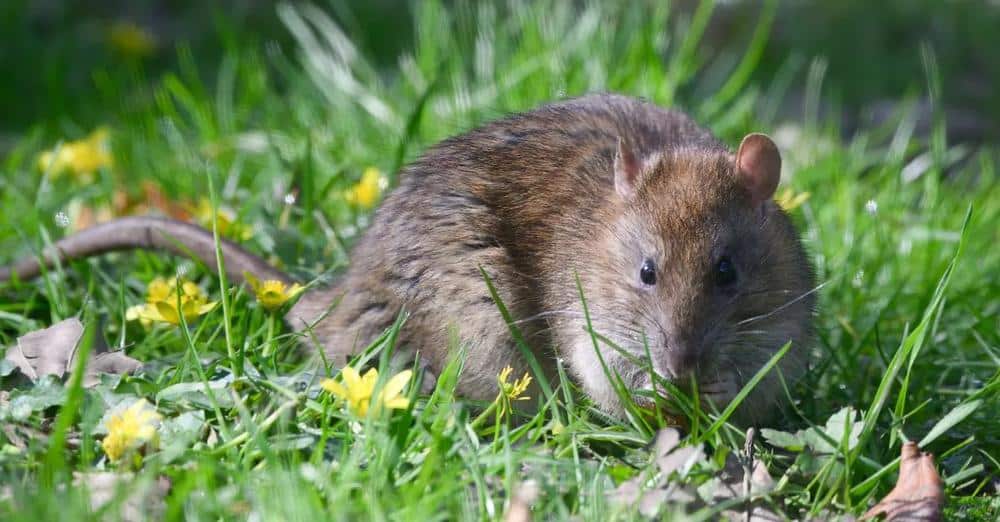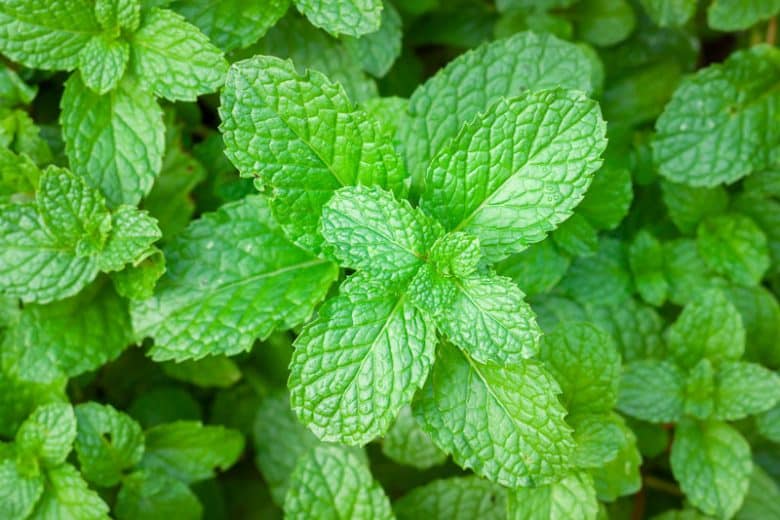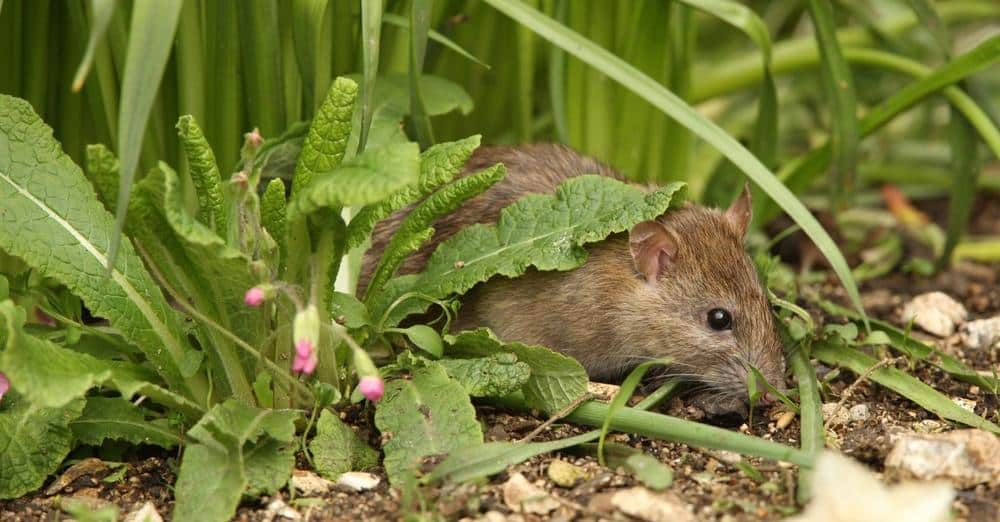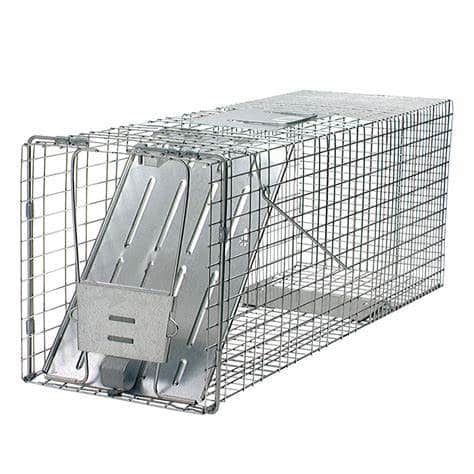Rats are a gardener’s nightmare. They dig up bulbs, munch on fruits and vegetables, gnaw on plants, transmit diseases, contaminate food crops with their urine, feces, and hair, and attract predators. For these reasons and more, you want them out of the garden you worked so hard to create and nurture.
So, what are the effective ways of getting rid of rats in a garden? In this guide, we’ll explore various methods and strategies to help you banish these bothersome rodents from your garden, thus restoring peace and productivity outdoors. These methods include natural deterrents and humane traps.
How To Prevent Rats In Garden
Keeping rats from invading your garden is a fundamental step towards having a rat-free garden. Make your garden less attractive to rats by implementing the measures below.
1. Store Food Properly
Gardens have plenty to offer to rats in terms of food. These include fruits, vegetables, seeds, and even pet food or birdseed left outdoors. The first step towards getting rid of rats is making sure your garden doesn’t provide a steady food supply.
Use sealed, durable containers to store food and shelving units or raised platforms to keep food containers elevated and out of reach of rodents whenever possible.
If you have bird feeders, hang them from poles with baffles to prevent rats from accessing them and clean up spilled seeds. Alternatively, stop feeding wildlife. Moreover, promptly harvest ripe fruits and vegetables from your garden and store them indoors or in sealed containers.
Also, cover your compost bin with a secure lid and consider surrounding the base with chicken wire. In addition, spread the compost regularly to keep rats from nesting in it, keep your compost moist, and add a lot of brown and green materials, as rats don’t like them.
2. Declutter Your Garden
A tidy garden has less cover and potential hiding spots for rats. Therefore, add cleaning and decluttering into your gardening routine. Rake your garden to remove fallen leaves, twigs, and other organic debris from the garden beds and pathways.
Also, discard or move unnecessary items like unused equipment and old garden tools. As for the items and tools you still use, store them in a shed or storage area with tightly sealed doors.
Read More:
- How To Deter Rabbits From Garden Naturally
- How To Get Rid Of Ants In Garden Without Killing Plants
- How To Get Rid Of Slugs And Snails In Garden Naturally
3. Trim Vegetation
Overgrown bushes, shrubs, and weeds give rats pathways and hiding spots. This way, they can easily access your garden and evade detection.
So, trim back overgrown bushes and shrubs to a manageable size, especially the branches or growth that touch fences, walls, or other structures. Also, regularly weed garden beds and remove any ground cover plants that provide cover for rats.
4. Get A Pet
Cats enjoy hunting rats, so consider bringing a cat home to help you deter these rodents. Dog breeds like terriers are also avid hunters; hence, they are worth considering. Choose a pet well-suited to your lifestyle and your garden’s specific needs.
While you can buy a pet from a breeder, consider adopting one from the shelter. Before letting your pet out in the garden, ensure the place is safe. Remove chemicals or toxic plants that could harm them.
Also, install barriers to ensure your pet doesn’t wander off or get into areas where they could be exposed to danger.
5. Block Access to Your Garden
Rats don’t need large openings to gain entry into your garden. On the contrary, they can easily squeeze through tiny openings. Do a thorough examination of your garden, house, and outbuildings to find potential entry points.
Seal small gaps and cracks in your fence and garden buildings. Metal and wire mesh is ideal for sealing potential entry points because rats cannot chew through these materials.
6. Remove Water Sources
Like other living creatures, rats need water to survive, so eliminating water sources can make your garden less hospitable to them. Therefore, repair damaged irrigation systems, hoses, faucets, and other sources of water leakage.
Also, excess moisture is attractive to rats, so avoid overwatering your garden beds and ensure your garden has good drainage.
7. Grow Deterrent Plants
The smell of some plants is repulsive to rats, so they make great rat deterrents. Rats are less likely to invade your garden with plants such as mint, thyme, basil, garlic, and echinacea growing there. Grow these plants around your garden’s perimeter or in pots near entry points to deter rats from entering.
8. Construct A Sturdy Fence
A sturdy, rodent-proof fence can help keep rats out of your garden. Build a fence using materials with small gaps or openings that rats cannot squeeze through.
Furthermore, ensure the gates are sturdy and secure the bottom parts because rats can crawl under them. Also, consider reinforcing the fence’s bottom with ¼ inch-grid hardware cloth.
9. Move Things Around
As neo-phobic creatures, rats are creatures of habit and tend to establish nests in areas where they feel secure and undisturbed. They hate it when their territory is disrupted, so regularly rearranging and decluttering your garden can make it less attractive and comfortable for them.
For instance, regularly move garden furniture, pots, and decorative items to new locations. This unfamiliarity will drive rats away from your garden, and they will seek new foraging and sheltering spots.
How To Get Rid Of Rats In Garden
You now have plenty of ways to keep rats out, but what if they have already found their way into your garden? Below are multiple effective ways to control and eliminate rats from your garden.
a) Encourage Predators
This approach lets you control the rat population in your garden without using harmful chemicals or traps. For instance, a huge portion of a fox’s diet comprises rats, so if possible, give these animals a reason to visit your garden. Birds of prey, snakes, coyotes, weasels, and reptiles eat rats.
Create habitat features that attract and support natural predators, plant native trees, shrubs, and flowering plants, and install perches or roosting sites for birds of prey. Also, minimize rodenticides and pesticide use in your garden.
b) Set up Traps
You can capture rats with snap traps, live traps, and glue traps. Live traps let you capture rats and release them elsewhere, while snap traps kill them instantly. On the other hand, rats get stuck on glue traps’ adhesive boards when they walk over them.
Snap traps have long been quite successful in eliminating rats, especially small infestations. However, rats die from this method. So, if you’d rather avoid killing them, choose live traps that allow you to capture and release rats far from your home without killing them.
Place your traps along known rat pathways or places they frequent. Inspect your garden for signs of rat activity, such as droppings, gnaw marks, and burrows, to determine the best trap placement.
Lure the rats into the traps using peanut butter, cheese, nuts, seeds, dried fruit, or commercial rodent bait. Consider rotating between different types of bait to maintain the traps’ effectiveness.
c) Dry Ice
Carefully place the dry ice chunks into the entrances of rat burrows. The carbon dioxide (CO2) produced as dry ice sublimates will suffocate the rats. While inserting the dry ice, ensure it is deep enough into the burrow to allow the CO2 gas to penetrate the tunnel system.
After inserting the dry ice, quickly seal burrows’ entrances with soil, rocks, or other materials to prevent the CO2 gas from escaping. You can buy dry ice from a local supplier or grocery store.
Always put on insulated gloves or use tongs to handle dry ice to avoid frostbite. Additionally, work in a properly ventilated area.
d) Use Rat Poison
Poisoning rats shouldn’t be your first solution because the poison can harm pets, humans, and non-target wildlife. However, rat poison is nonetheless effective. Rat poisons come in various formulations, including acute toxicants, anticoagulant rodenticides, and non-anticoagulant rodenticides.
Anticoagulant rodenticides interfere with blood clotting, leading to death from internal bleeding, while non-anticoagulant rodenticides work through different mechanisms, such as disrupting neurological function. In contrast, acute toxicants, such as zinc phosphide and bromethalin, quickly cause toxic effects like organ failure.
Minimize risks to non-target animals by using bait stations to contain rat poison and prevent access by unintended animals. Also, use rat poison only as directed, avoid overapplication or misuse, and dispose of any unused rat poison properly.
Final Remarks
As much as you don’t want to share your garden with rats, these rodents are common garden pests and can be pretty persistent. Fortunately, you can eradicate them. Watch out for the telltale signs of their presence and act quickly before they multiply. After implementing prevention and control measures, inspect your garden periodically for new entry points or attractants that may draw rats back in.

I’m Mike Hyle, an exterminator with 7+ years of experience handling all sorts of pests, including mice, cockroaches, bed bugs, and termites. I also write for Pest Solutions DIY blog to share my knowledge and help homeowners keep their homes pest-free. Outside work, I enjoy hunting, snowshoeing, and exploring nature. Check out my blog for helpful pest control tips!





